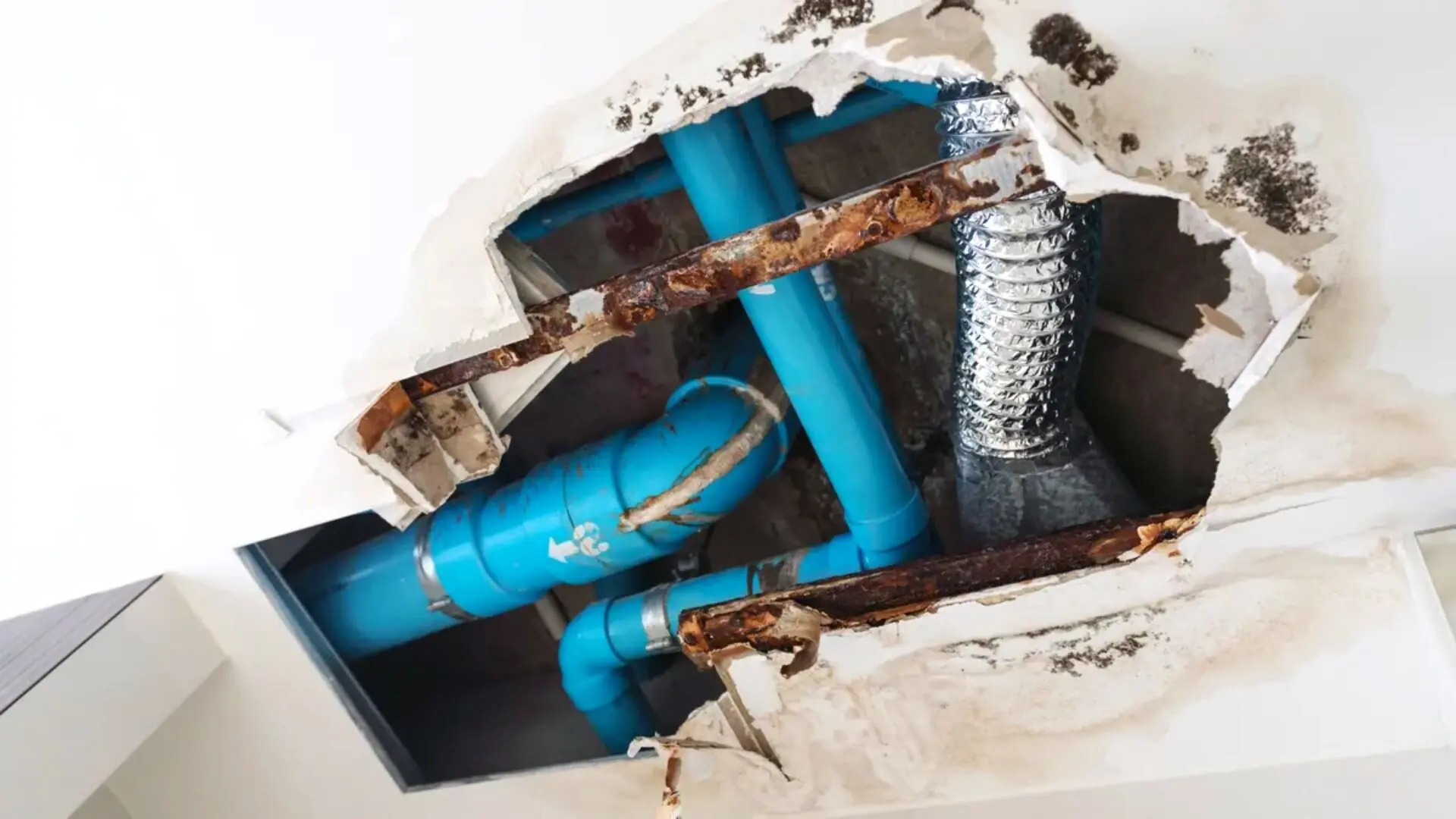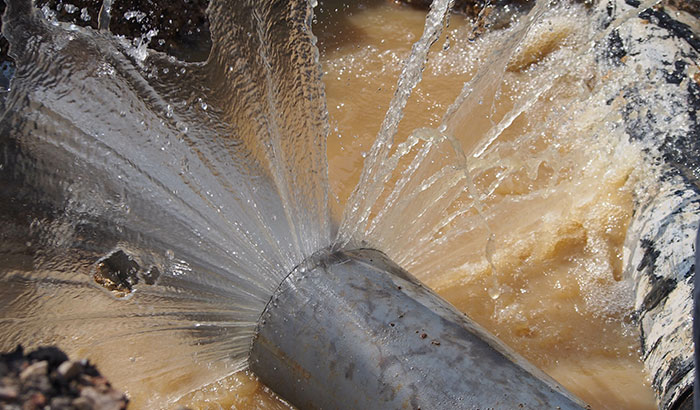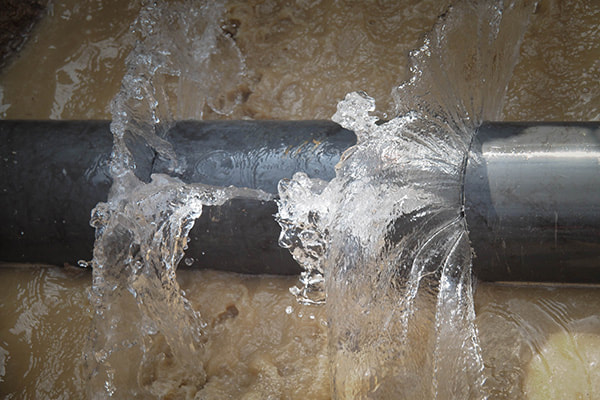The Hidden Dangers of a Burst Pipe and How to Fix It Quickly
The Hidden Dangers of a Burst Pipe and How to Fix It Quickly
Blog Article
Protecting Against Burst Water Lines: Vital Tips to Secure Your Pipes
Stopping burst pipes is a critical worry for home owners, particularly during chillier months when the threat of cold is enhanced. Carrying out strategic actions such as proper insulation, routine evaluations, and preserving regular indoor temperatures can considerably lower the possibility of pipe failing. In addition, understanding emergency situation treatments gears up home owners to react quickly to possible pipes issues. However, several are uninformed of the specific vulnerabilities that their pipelines may face. Discovering these vulnerabilities can offer vital understandings into securing your pipes system successfully.
Understand Pipe Vulnerabilities
Comprehending pipeline susceptabilities is crucial for efficient plumbing maintenance and stopping expensive damage. Numerous factors contribute to the sensitivity of pipelines to bursts, including product structure, age, and environmental conditions. Older pipes, especially those made from galvanized steel or polybutylene, typically deteriorate with time, leading to raised threat of tears and leakages.
Temperature level variations can also dramatically effect pipeline integrity. In colder environments, water trapped in pipelines can freeze, applying and broadening pressure on the pipe walls, which might eventually result in a ruptured. Additionally, high water stress can strain pipelines, particularly at joints and bends, heightening the probability of failure.

Insulate Water Lines Properly
Correct insulation of pipelines is crucial for preventing freezing and subsequent bursts during winter (burst pipe). Protecting your pipes system effectively safeguards versus temperature drops that can result in expensive damages. Begin by determining at risk locations where pipes are exposed to outdoor temperatures, such as basements, attics, and outside walls
Usage foam pipeline insulation sleeves or wrap insulation tape around these areas to offer a safety obstacle. Guarantee that all areas of the pipelines, particularly those with limited warm exposure, obtain adequate insulation. Pay unique focus to joints and fittings, as these are much more susceptible to cold.
When shielding, it's vital to choose products that fulfill local building ordinance and are appropriate for the particular environment. Fiberglass insulation is often suggested for its thermal resistance homes. Furthermore, think about making use of warmth cords or tape in severe conditions, which can be plugged in to give additional warm
Routinely evaluate shielded pipes for any indications of wear or damages, as compromised insulation can lessen its efficiency. By taking these proactive actions, you substantially minimize the threat of pipeline bursts, guaranteeing a trusted pipes system throughout the cold weather.
Maintain Regular Temperature
A steady indoor temperature is vital for stopping ruptured pipelines during the freezing months. When temperatures decrease, water within pipes can ice up, developing and his comment is here expanding stress that might ultimately trigger the pipes to burst.Utilizing a programmable thermostat can aid take care of indoor temperature levels effectively, making certain that spaces with plumbing remain warm even when the residence is empty.
In addition, it is sensible to enable taps to drip slightly throughout extreme cold spells. This small circulation of water can avoid cold by minimizing stress within the pipelines. During specifically severe weather events, think about temporarily putting on hold any kind of nighttime obstacles on your thermostat to preserve a steady warm environment. By implementing these methods, property owners can substantially lower the risk of pipe ruptureds and secure their pipes systems against the extreme winter months aspects.
Consistently Inspect Pipes
Normal inspections of pipes systems are vital for avoiding burst pipelines and preserving overall home honesty. Routine checks permit house owners to identify prospective issues before they escalate into expensive fixings or major water damage. During these inspections, it is vital to check out noticeable pipelines for indications of rust, leaks, or put on. Pay unique interest to locations vulnerable to freezing, such as basements, attic rooms, and outside wall surfaces.
Furthermore, inspecting joints you can look here and links is important, as these factors are commonly vulnerable to leakages. House owners ought to additionally evaluate water stress levels, as too much stress can stress the plumbing system and boost the threat of pipe ruptureds.
Think about scheduling specialist pipes examinations at the very least as soon as a year, especially before wintertime, to guarantee your system is prepared for chillier temperature levels. By being aggressive in your method, you can secure your home against the turbulent and costly effects of burst pipes.
Know Emergency Situation Procedures
Comprehending emergency situation treatments is vital for each homeowner, especially after conducting routine plumbing inspections. Being planned for a pipes emergency situation can considerably mitigate damage and save expenses. Find your major water shut-off valve; it is commonly found near the water meter or where the primary line enters your home. Acquaint on your own with its operation, as turning off the water supply swiftly can protect against extensive flooding.
Following, keep vital tools useful. A pipes emergency situation kit should consist of a wrench, bettor, and towels, along with a flashlight and a pail for tiny leakages. Additionally, think about having the get in touch with info for a trusted plumbing readily available, ought to the scenario escalate past your control.
If you spot a leakage or burst pipe, promptly shut off the water system and notify your plumber. Furthermore, document the damage with photographs for insurance purposes. burst pipe. Know the signs of potential plumbing problems, such as uncommon water stress fluctuations or damp areas on wall surfaces
Eventually, aggressive knowledge and speedy action are vital in taking care of pipes emergencies, guaranteeing your home continues to be protected and minimizing possible damage.

Verdict
To conclude, preventing burst pipelines demands a complex approach that consists of understanding pipe susceptabilities, appropriate insulation, keeping regular indoor temperature levels, routine evaluations, and knowledge of emergency situation treatments. By applying these crucial methods, the danger of plumbing failures can be significantly lowered, therefore making sure the long life and performance of the plumbing system. Aggressive steps not only secure against possible damage however also contribute to general water conservation and the security of residential or commercial property.
In chillier environments, water entraped in pipelines can freeze, putting in and expanding pressure on the pipe walls, which might ultimately lead to a ruptured. When temperature levels decrease, water within pipes can ice up, broadening and producing pressure that may ultimately create the pipelines to ruptured. By implementing these methods, homeowners can dramatically reduce important link the danger of pipe bursts and secure their pipes systems against the rough winter months elements.

Report this page